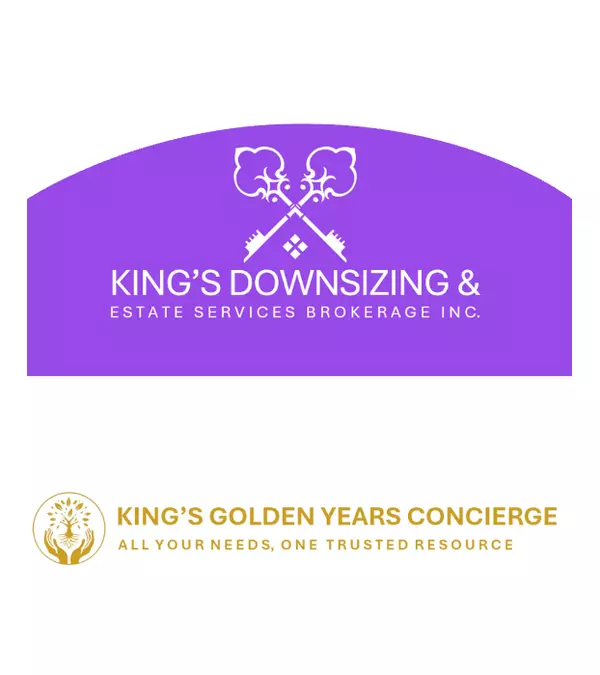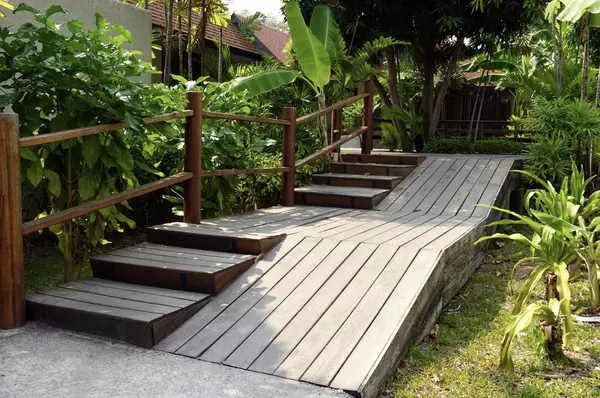As we age, many of us dream of remaining in our homes for as long as possible. Aging in place – the ability to live independently in your home or community for as long as you desire – is a goal that can be achieved with careful planning and the right resources. At King’s Downsizing & Estate Services, we understand that aging in place is not just about the physical space but also about building a support system and preparing for the future. Creating a long-term plan is crucial to ensuring that your home remains a safe, comfortable, and manageable place to live for many years to come.
Here’s a guide to help you develop a thoughtful, long-term plan for aging in place.
1. Assess Your Current Home and Lifestyle Needs
The first step in planning for aging in place is evaluating your current living situation. Ask yourself the following questions:
- Is your home physically accessible? (Are there stairs, narrow hallways, or other barriers?)
- Does it have the features you’ll need as you age, such as grab bars, wider doorways, or ramps for wheelchairs and walkers?
- Can you comfortably manage the day-to-day tasks like cleaning, cooking, and laundry?
Tip: Many homes can be adapted with simple modifications, such as installing handrails, ramps, and step-in showers, to make them more age-friendly. A professional assessment of your home’s layout and accessibility can help determine what changes are necessary.
2. Evaluate Your Health and Healthcare Needs
As part of your long-term plan, consider your current health and what may change in the future. While it’s impossible to predict everything, thinking about your potential needs can help you prepare. Consider:
- Do you have any chronic health conditions that will require ongoing care?
- Will you need mobility assistance as you age?
- Are you prepared for possible future medical expenses?
Tip: Explore local healthcare services, including home health aides, physical therapists, and meal delivery services, that can be added to your care plan as needed. Planning ahead for future healthcare needs can help reduce stress when those services are required.
3. Consider Home Modifications and Universal Design
For aging in place to be feasible, your home may need modifications to ensure it is safe and comfortable. Home modifications are often necessary to accommodate reduced mobility or other health issues. Some common modifications include:
- Installing grab bars in bathrooms
- Adding ramps or lifts for wheelchair accessibility
- Widening doorways for easier movement
- Installing non-slip flooring to prevent falls
- Creating an open floor plan for ease of access
Tip: Universal design features, such as lever-style door handles, adjustable counters, and smart home technology, can make everyday tasks easier. These updates can also increase the value of your home if you decide to sell later.
4. Build a Support Network
Aging in place doesn’t mean you have to go it alone. Building a strong support network is essential to your long-term plan. This network can include:
- Family and friends who are available to help with transportation, grocery shopping, or household chores.
- Professional services such as a home care nurse, therapist, or personal assistant.
- Neighbors and community groups that can provide companionship or help in an emergency.
Tip: Join local senior organizations or community programs to stay connected and meet people who can offer support. It's also helpful to have a list of reliable service providers for medical needs, home repairs, or emergency situations.
5. Plan for Financial Security
Aging in place requires financial planning to ensure that you have the resources to maintain your home and cover any additional costs related to healthcare or support services. Consider:
- Do you have long-term care insurance or a healthcare savings plan?
- Are you saving for home modifications, maintenance, and emergency expenses?
- Will you need to adjust your current budget or living arrangements to accommodate new needs?
Tip: Speak to a financial advisor who specializes in retirement or aging planning. They can help you develop a budget and a plan for funding your aging-in-place needs over the long term.
6. Prepare for Future Housing Needs
While you may want to stay in your home for as long as possible, it’s important to have a backup plan in case your needs change. Consider options such as:
- Moving to a more accessible home if your current one is not feasible for aging in place.
- Exploring senior living options that allow you to age in place within a community, such as independent living or assisted living residences.
- Making sure you understand the transition options available to you, should you need more care down the road.
Tip: Research different housing options and talk to a real estate professional about your future housing needs. Knowing your options gives you peace of mind that you can adjust your living situation if necessary.
7. Regularly Review and Update Your Plan
Aging in place is a long-term commitment that requires regular review. Life circumstances change, and so will your needs. It’s important to review your plan annually and adjust it as necessary to reflect any changes in health, finances, or housing needs.
Tip: Schedule regular check-ins with your healthcare providers, financial advisors, and loved ones to ensure your plan stays current and relevant.
Let Us Help You Prepare for the Future
At King’s Downsizing & Estate Services, we understand that planning for aging in place is a multi-faceted process that requires attention to detail. Whether you need help with home modifications, downsizing, or finding trusted service providers, our team is here to assist. We specialize in helping seniors create comprehensive plans for aging in place, offering everything from professional assessments to hands-on support with organizing, packing, and transitioning to a more manageable lifestyle.
Don’t wait to start preparing for the future. Contact us today to schedule a consultation and take the first step towards creating a long-term plan for aging in place. Let us support you in living independently and comfortably for years to come!











